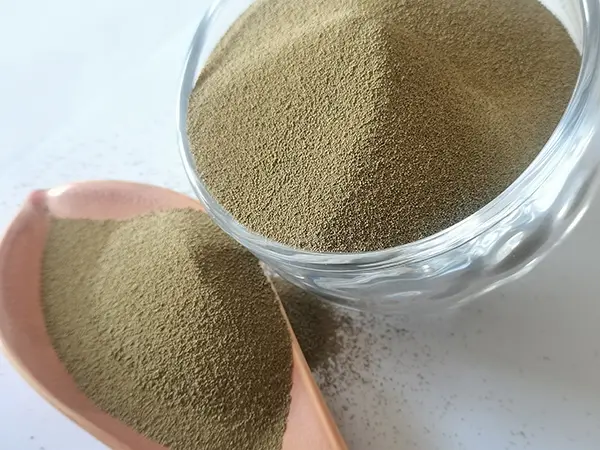Wet Sanding Resin A Comprehensive Guide
Wet sanding resin is a technique employed by artists, craftsmen, and DIY enthusiasts to achieve a smooth, polished finish on resin projects. This method not only enhances the aesthetic appeal of resin artworks but also helps to remove imperfections that may have occurred during the curing process. Understanding wet sanding and mastering the technique can significantly improve the quality of your resin creations.
What is Wet Sanding?
Wet sanding is the process of using water as a lubricant while sanding a surface. This technique is particularly beneficial when working with resins, as it minimizes dust, reduces the risk of scratch marks, and helps achieve an ultra-smooth finish. The water cools the sanding surface and helps carry away debris, allowing for a more precise operation.
Why Choose Wet Sanding for Resin?
1. Reduced Dust One of the primary advantages of wet sanding is that it significantly reduces the amount of dust produced during the sanding process. This not only makes it more pleasant to work with but also creates a cleaner workspace.
2. Crisp Finish Wet sanding can deliver a sleek, glossy finish that is often difficult to achieve with dry sanding. The water helps to fill in the minor scratches made by the sandpaper, resulting in a smoother surface.
3. Less Heat Generation The water acts as a coolant, preventing the resin from overheating and potentially becoming discolored or damaged during the sanding process.
wet sanding resin

4. Longer Tool Life Sandpaper tends to last longer when used in conjunction with water, as it does not clog as quickly. This means you can achieve better results with fewer replacement sandpaper sheets.
The Wet Sanding Process
1. Preparation Before you begin wet sanding, ensure that your resin piece has fully cured (typically 24 to 72 hours, depending on the type of resin used). Gather your materials wet/dry sandpaper (grit levels ranging from 400 to 2000), a sanding block, a spray bottle filled with water, and a clean, dry cloth.
2. Sanding Start with a coarser grit (around 400-800) to remove any major imperfections or uneven areas. Soak the sandpaper in water, then lightly sand the surface of the resin with gentle, circular motions. Ensure that you keep the surface wet during the sanding process.
3. Progressing Grits Gradually move to finer grits (1000, 1500, and 2000). This step is crucial to achieving a polished finish. Remember to wet the sandpaper before each sanding session and clean the surface with water to remove any debris.
4. Final Polishing After sanding with the finest grit, rinse the piece thoroughly to remove any residual sanding material. Once dry, you can apply a resin polish or a polishing compound to enhance the gloss and final appearance.
Conclusion
Wet sanding resin is an invaluable technique that can elevate your resin projects to professional standards. By taking the time to master this process, you not only improve the quality of your work but also enjoy the satisfaction that comes with finishing a piece to perfection. Whether you're creating artistic pieces, jewelry, or functional items, wet sanding will help you achieve the flawless finish you desire. Embrace this essential skill, and watch your resin creations shine!
Post time:sept. . 02, 2024 01:16
Next:How to Sand Resin
